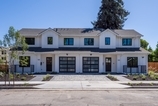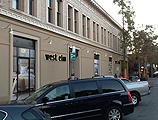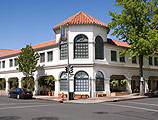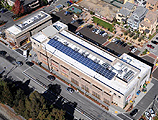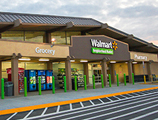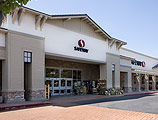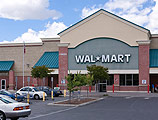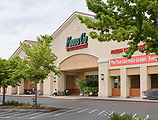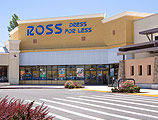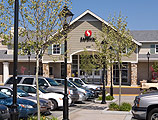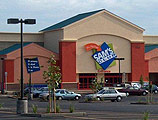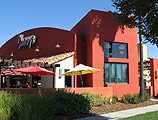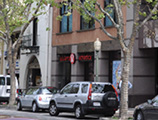In Samuel Beckett’s masterpiece Waiting for Godot, his principal characters Vladimir and Estragon stand around the entire play waiting for Godot, but he never shows up. While it has been hailed as the 20th century’s most significant English language play, most of us (including your correspondent) ignore its intellectual depths, stick to its shallow end and use it as a shorthand expression for an exercise in futility.
If Beckett were alive today and gave a toss about commercial real estate, he could pen a sequel in which his two boys do nothing but complain, neither selling, buying nor financing real property. Why? Because they’re waiting for interest rates to fall. They bet rates would drop in 2024. And they’re still certain rates will fall in 2025.
What has this misplaced optimism wrought? A wintry CRE market. According to CBRE, transaction volumes fell 51 percent in 2023, but clawed back by 9 percent in 2024. A brokerage firm, CBRE naturally puts a rosy spin on this data, but net-net, volumes are still off more than 40 percent from 2022.
Should today’s interest rates have such a chilling effect on the market? An historical perspective suggests no. Viewed once a decade, the prime interest rate ran like this over the past 50 years—1975: 8 percent; 1985: 10 percent; 1995: 8.5 percent; 2005: 5.5 percent; and finally, 3.25 percent in 2015. That 3.25 percent rate was an all-time low, as much an aberration as the 21.5 percent of 1980. In sum, the prime rate averaged 7-8 percent over the last 50 years.
Today’s prime rate stands at 7.5 percent, that is, smack in the middle of its historic average. Why then all the sturm und drang about rates killing CRE? It’s often been said that a key to happiness—in addition to good health and a bad memory—is managing expectations. Keep them low and you’ll seldom be disappointed.
Therein lies the difference between, say, 1995 and today. Expectations have changed dramatically. Hopes, if not demands, for low interest rates and resulting high prices have crested over the last 30 years. CRE roared back from a nasty recession in 1995 in an 8.5 percent interest rate environment, a level that would paralyze today’s players. Why? Because those high rates in 1995 were not viewed as seasonal weather—a dry spell to be endured until the coming of the rains—but rather as long-term climate. With that belief, the market functioned beautifully, buyers, sellers and lenders joyfully awash in the deal flow.
Today is different. Today, unless forced by the four horsemen of business—death, divorce, disaster and dissolution—sellers are sitting on their inventory, waiting for pricing to return to their all-time highs. Buyers are frustrated by their money partners’ demands for higher returns, thinking them exorbitant (historically, they’re not) and despite reveling in their higher rates, banks are refusing to lend to anyone who doesn’t have more money than they do.
Perhaps a more mundane analogy might better illustrate today’s CRE market. If you’ve ever taken a new dog home, you know that who will train whom is the first issue of the day. At mealtime, you gently press your puppy’s nose in a bowl of dry dog food. She refuses to eat, staring you down. You leave the bowl out all day; she ignores it. If you weaken and rationalize that your beloved must be special—certainly hyper-sensitive, perhaps even allergic to Purina Puppy Chow—that the poor thing must need people food, it’s game over. The puppy won. If, on the other hand, you can let her go hungry long enough, that Purina will start looking pretty good and you’ll still have an outside shot at becoming alpha dog.
So much of CRE is that puppy today, shaking its head at today’s prices, holding out for pricing that may never come back. Until today’s reality is accepted, a lot of people will continue to go hungry.


